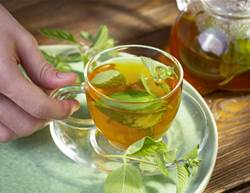If you frequent juice shops or flip through celebrity gossip magazines, you've likely heard of wheatgrass, a juice made from young grass blades. Everyone from Angelina Jolie to Ansel Elgort is reportedly throwing back shots of the chlorophyll-rich liquid, which is said to reduce blood glucose levels, give skin a radiant glow and aid weight loss.
While it would be fantastic to undo the effects of fried food and general slothfulness with a daily shot of green juice (OMG, so fantastic), the idea of a super-powered green potion sounds too good to be true. But scientists aren't exactly calling foul. Then again, they don't really know enough to have an official stance on the stuff, either, says Nutritionist Shereen Lehman. "There are few human studies on the benefits of wheatgrass, and scientists have yet to figure out if humans can benefit and how much they'd need to consume for better health."
The official verdict may still be out, but there are enough devoted fans out there to make me want to try it for myself. (I mean, just look at Angelina's skin!) Here's what happened when I took a wheatgrass shot every morning for two weeks:
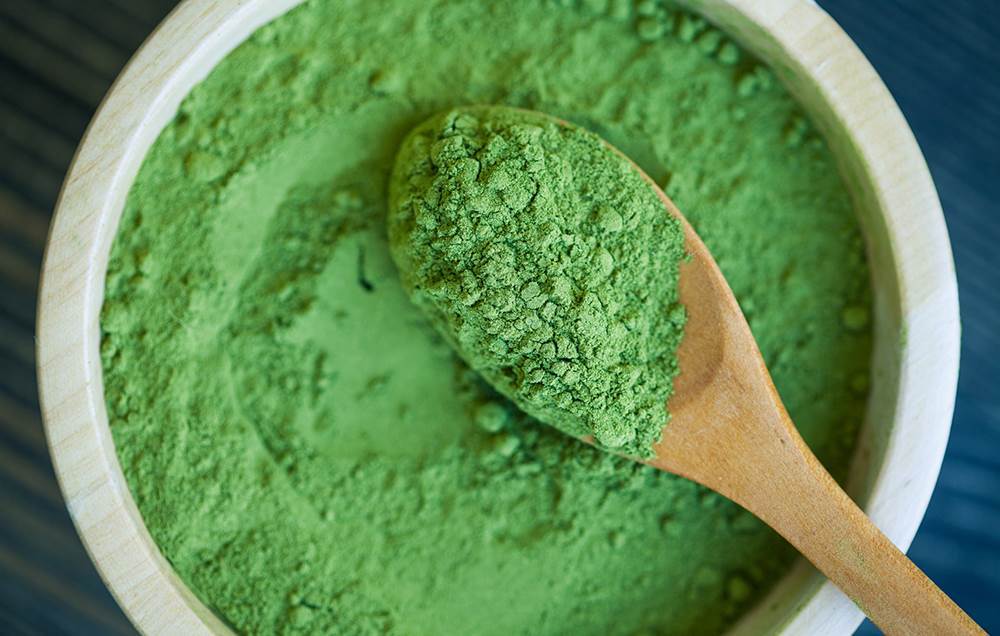
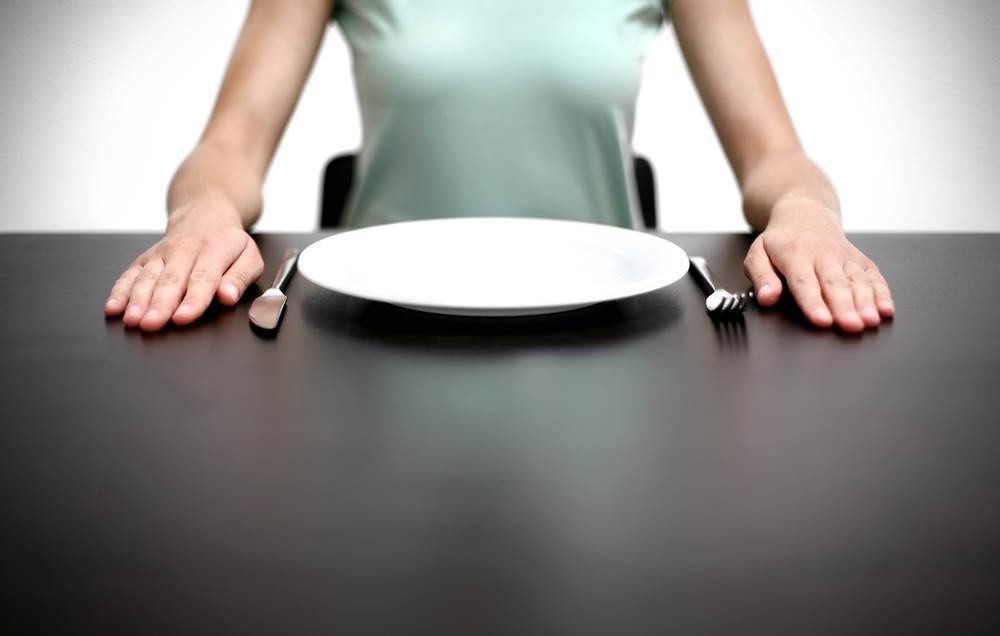

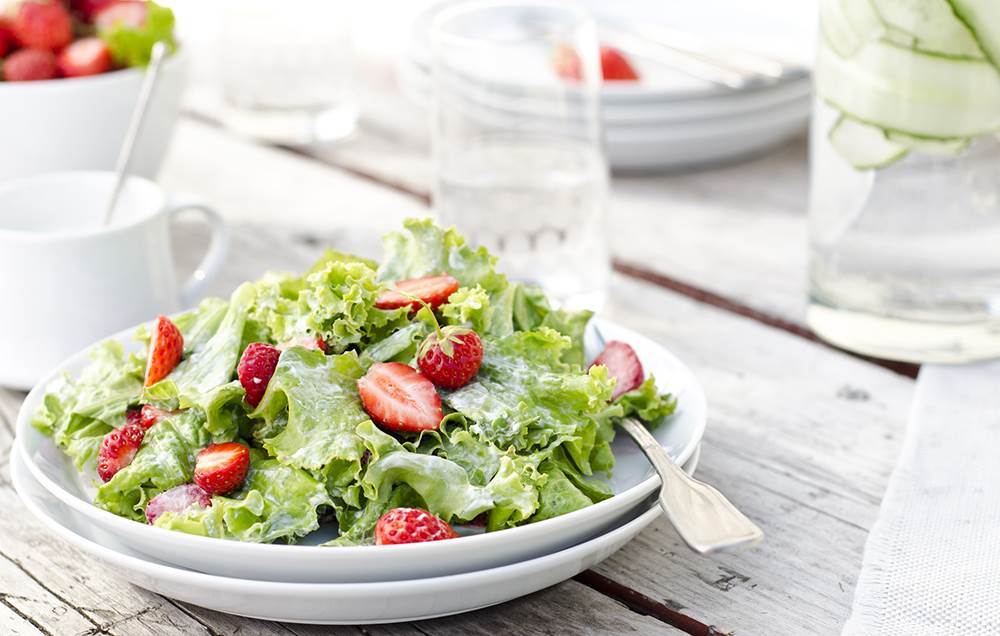
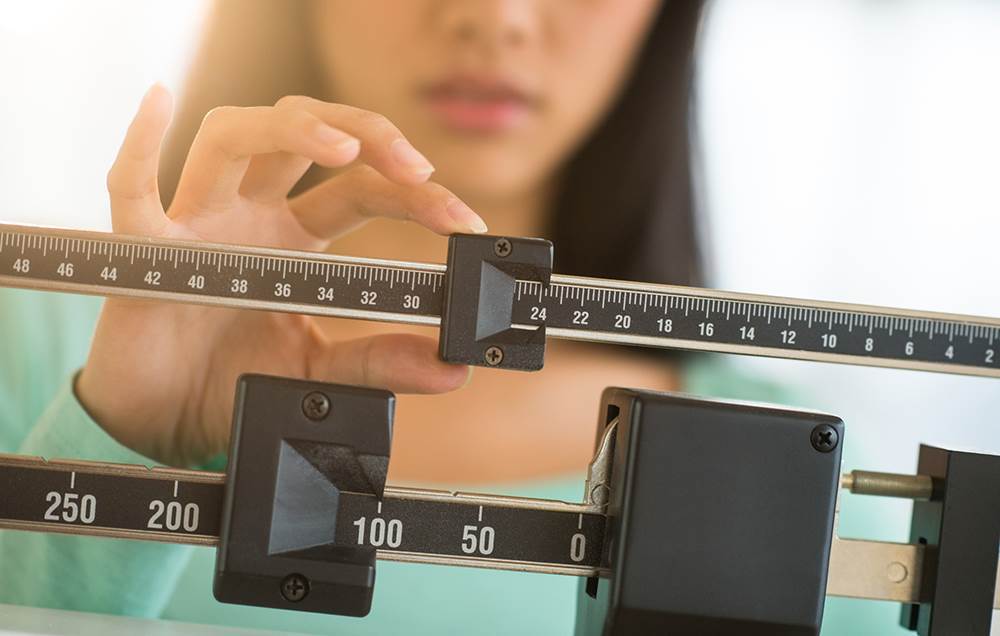

I severely underestimated how gross it was.
I opted for organic wheat grass powder because it was far cheaper than forking over $5 for a single shot at my local juice bar. It was also far easier than juicing fresh wheatgrass myself.
In its dried form, wheatgrass looks a lot like green sand. Mixed with water and vigorously stirred, it's even worse. It looks like the inside of a lawnmower bag and tastes like how a compost pile smells. I gagged drinking it. By day two, I developed a new technique. I huffed out a few breaths before knocking it back and tried not to breathe as I choked it down. It seemed to work; at least I couldn't really taste it.
I was really, really hungry.
OK, so I should tell you that I decided my daily wheatgrass shot would be my breakfast. Don't ask me why I did this when I easily could have downed it along with my usual peanut butter-topped apple. I guess I thought that having wheatgrass on an empty stomach would be the best way to feel the effects. But I have to admit, I've made better decisions in my life.
While a wheatgrass shot has about 20 calories, my usual breakfast has around 200 calories. I was expecting to be hungry, but the surprise was that I wasn't hungry right off the bat. Instead, it was a delayed hunger that still left me ravenous by lunchtime, which means that I probably ate more during the rest of the day, without even noticing it. Not exactly a recipe for weight loss.
When I asked about my approach after the fact, diet pros agreed that I should have continued eating breakfast: "Eating something like porridge and yogurt would be a better breakfast than just drinking wheatgrass," Lehman said. Dietitian Isabel Smith agreed: "A wheatgrass shot isn't calorie-dense enough to count as a meal replacement. It would have been better to drink it in addition to a meal."
I felt more energised.
About 10 minutes after my first shot, I felt a surge of energy. I noted a similar effect on subsequent days. Whether that was the magical power of chlorophyll or a placebo effect, I couldn't say for sure, but I'm leaning toward the latter. While Smith mentioned that the vitamins and chlorophyll in wheatgrass might help promote healthy digestion and aid the body's natural detoxification processes, she didn't mention improved energy as a possible benefit. And I'm pretty sure I talked myself into finding some benefit as a pep talk/apology for making my body chug this disgusting stuff.
It got me thinking about healthy eating.
I started taking wheatgrass shots right around the time that Easter chocolate started invading grocery store shelves—historically, a very dangerous time for my diet. I'm not going to lie and tell you that I didn't put a dent in a few bags of M&Ms, but the daily ritual of drinking something green reminded me that woman cannot live on chocolate alone. I found myself consciously trying to add more leafy greens into my diet and thinking about things like fibre and portion size. In other words, things I should be thinking about anyway, but often don't.
I didn’t lose any weight.
Perhaps because of my ravenous appetite, I didn't see any weight loss while drinking wheatgrass. I did, however, feel like my clothes fit a little better. It's possible the extra veggies and fibre I was eating helped to get things moving, thwarting any bloat.
It’s not for everyone.
In addition to chlorophyll, wheatgrass contains a host of other nutrients. Good news, right? Not for everyone. Before adding a supplement to your diet, talk to your doctor. People on blood thinners, for example, need to be careful about consuming too much vitamin K (a nutrient potent in wheatgrass). Wheatgrass also contains fat-soluble nutrients (i.e. nutrients that are stored in your body fat) like vitamins A and E, which are possible to overconsume. Your doctor can tell you whether trying wheatgrass is right for you.


.jpg&h=90&w=90&c=1&s=1)



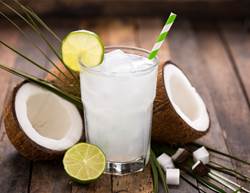

.jpg&h=193&w=250&c=1&s=1)
